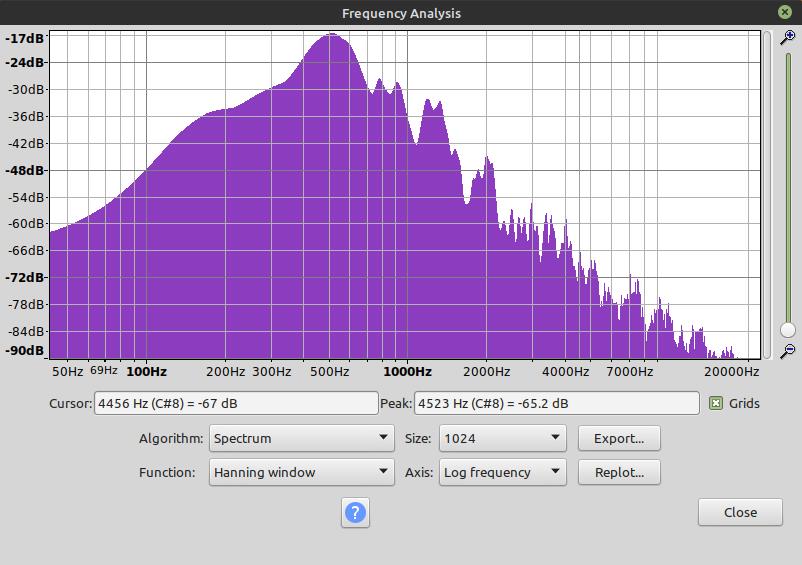Synths like the DX7 have some iconic sounds which are not e-piano or bells. I think some bass sounds, and woodwinds, strings. But yes, also other percussives, like harp-ish sounds. (Enya? Later Vangelis?)
I don't know concrete examples right now, but I'll probably recognize it as "typically digital FM" when hearing.
Oh wait, random YT hits...
https://www.youtube.com/watch?v=gxi9Le5HsQw&t=11m13s
You can hear, in the shorter-enveloped sound in the mix, that it has a stronger resemblence to typical OPL3 sounds that Yamaha would like to admit, hehe, but DX7 generally sounds of higher quality.
Oh yeah. Now that I'd calla nice mix of typical FM sounds - also with bells, yes. But there's also the bass I meant, and the strings that don't sound typically subtractive-synth strings.
https://www.youtube.com/watch?v=z9KReAQy5V0
Note that FM was also done on early MOOGs by W.Carlos, analog. That can't be easy to get working, especially given the infamous tuning instability of those things. But it worked. So apparently, where was a drive to do it to get certain sounds. They are reminiscent of sounds one could get using hard-sync on oscillators, or some of those anyway. So, some gnarlier or nastier sounds, but they can be tamed and still retain some exciting characteristic that a vanilla subtractive setup won't do.
Then there's also the OPL3 chip, on the lower end of things - which does not prevent people who e.g. played computer games in the early to mid 1990s from having a certain fondness of the soundscape created by them. While sound design sometimes tried to roughly hint at real world instruments, the overall sound of it has its own charm. To some anyway.
Is that "useful"? To some. Probably more niche than DX7 ![]()
![]()
https://www.youtube.com/watch?v=RJEEzj-UT5Q
Well. I like it.
EDIT: The vid description links to time sections, which often start with different kinds of sounds, sometimes not well timed so it's after 1..3 secs or so.




